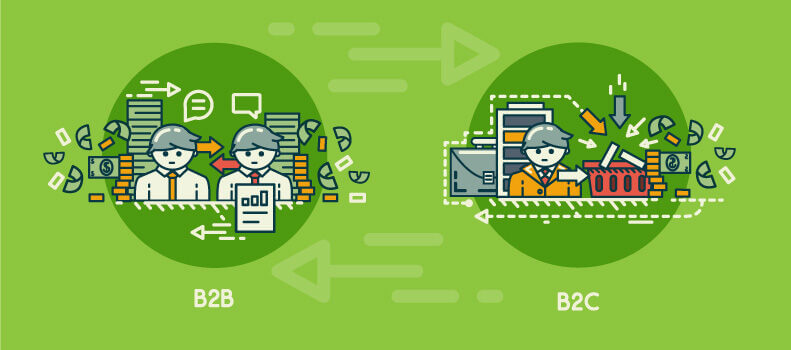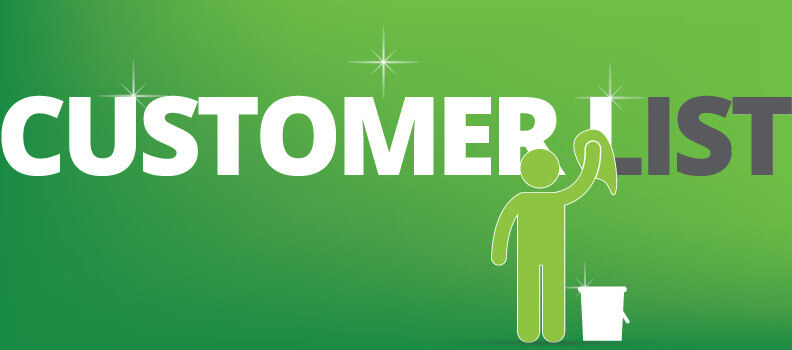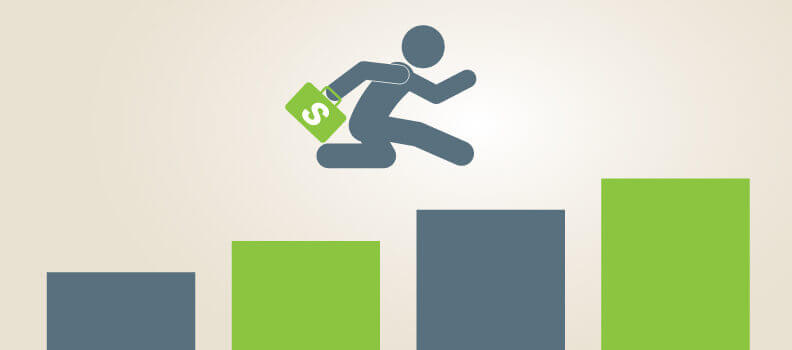One size doesn’t fit all in lead generation, particularly as it relates to differences in the buying processes facilitated by B2C and B2B buyers. Understanding the approaches people in your particular industries use to engage in purchasing is beneficial to developing the best message content and delivery timing.
The following is a comparison and contrast of some of the key elements that distinguish buying, along with insights on the implications for prospecting!
Key B2C Buying Activities
The following is an overview of key elements of the typical consumer process, along with insights on how this affects consumer-driven companies:
Individual Buyers: Typically, consumers buy as individuals or as a couple. Thus, the buying process usually involves one-on-one interaction between the prospect and your company. This intimate exchange allows ample opportunity to build rapport and to gain a clear picture of the prospect’s needs.
Emotional Motives: Buyers have emotions in either sector, but consumer buyers tend to let emotions drive purchases more than B2B purchasers. Thus, it is important that you understand the emotions, such as stress, frustration, inconvenience, or a desire for joy that motivate an individual consumer. Awareness helps you better show empathy and build rapport early in the process.
Key B2B Buying Activities
Typical B2B sectors are smaller than B2C sectors. Industries are tighter, and provider relationships are more integral. The following is an overview of key steps in B2B buying and how this affects your business:
Longer Buying Cycles: B2B buyers are notoriously more deliberate than consumers. The investment is greater and so is the risk. Buyers take time to carefully review business problems to ultimately arrive at the optimal solution. Your firm needs a deep understanding of your B2B prospect’s profile, needs, and behaviors. Approach buyers with patience and a willingness to work with them through the process of evaluating the full scope of the business problem to arrive at a genuine solution.
More People: Unlike B2C, B2B buying often involves multiple people. Your firm might interact with a buying committee that includes purchasing agents, multiple leaders, and potential users. There is still a primary economic decision maker, but you have to get to know the motives and interests of each person to effectively navigate the selling process.
Proof is Necessary: Demonstrations are beneficial in both B2C and B2B. However, given the complexity of typical B2B solutions and the broad organizational implications, it is especially important to offer demonstrations, testimonials, case studies, and other proof devices during the B2B buying process.
Conclusions
These are some of the key differences between B2C and B2B buying processes. As noted, one of the best ways to effectively engage prospects, in either case, is with deep insights on who they are as people. Thus, demographic, geographic, firmographic, and behavioral data are vital to success.
Salesgenie offers you access to a massive database of validated and verified, data-rich prospects who have interest in what you offer; start your free trial now!





